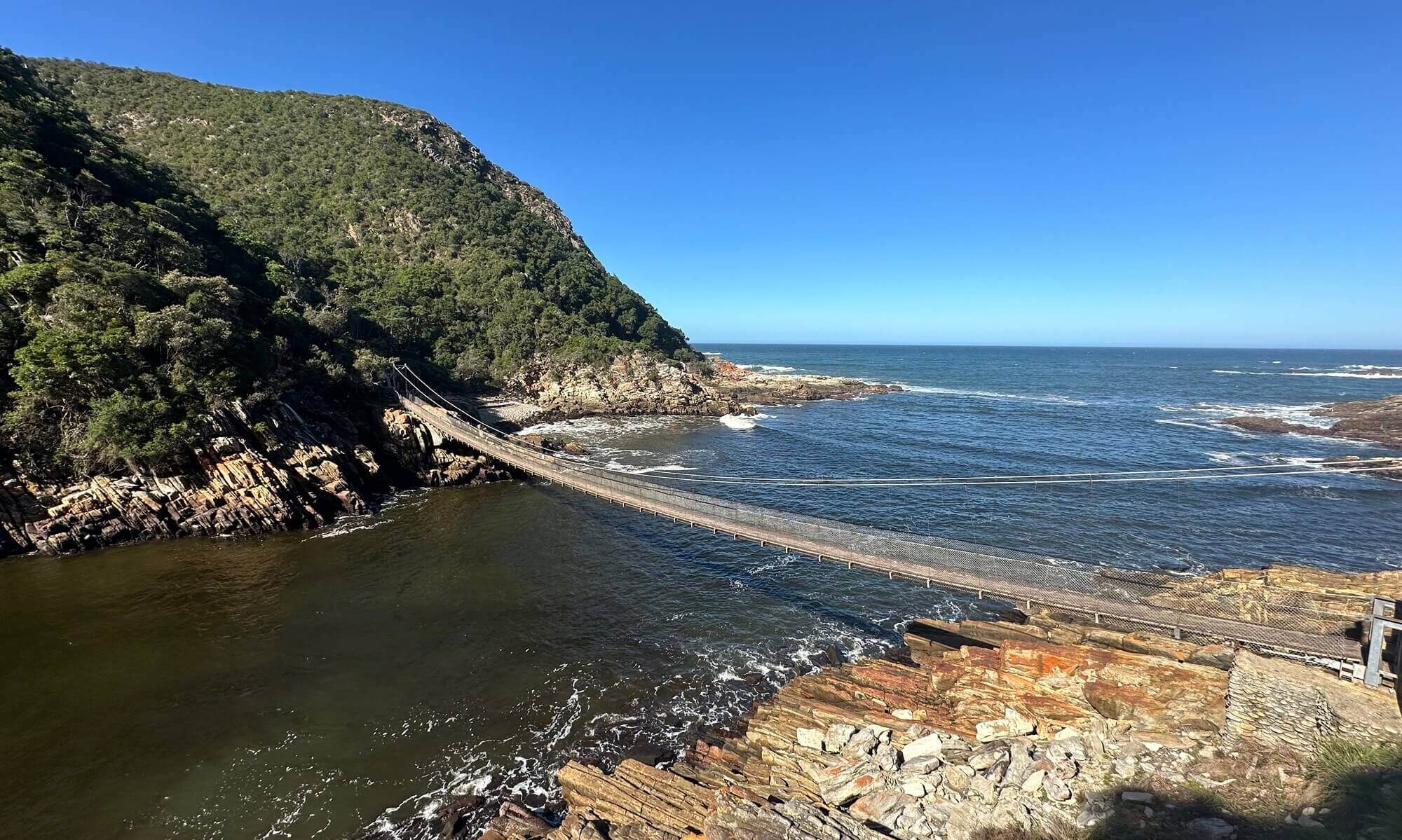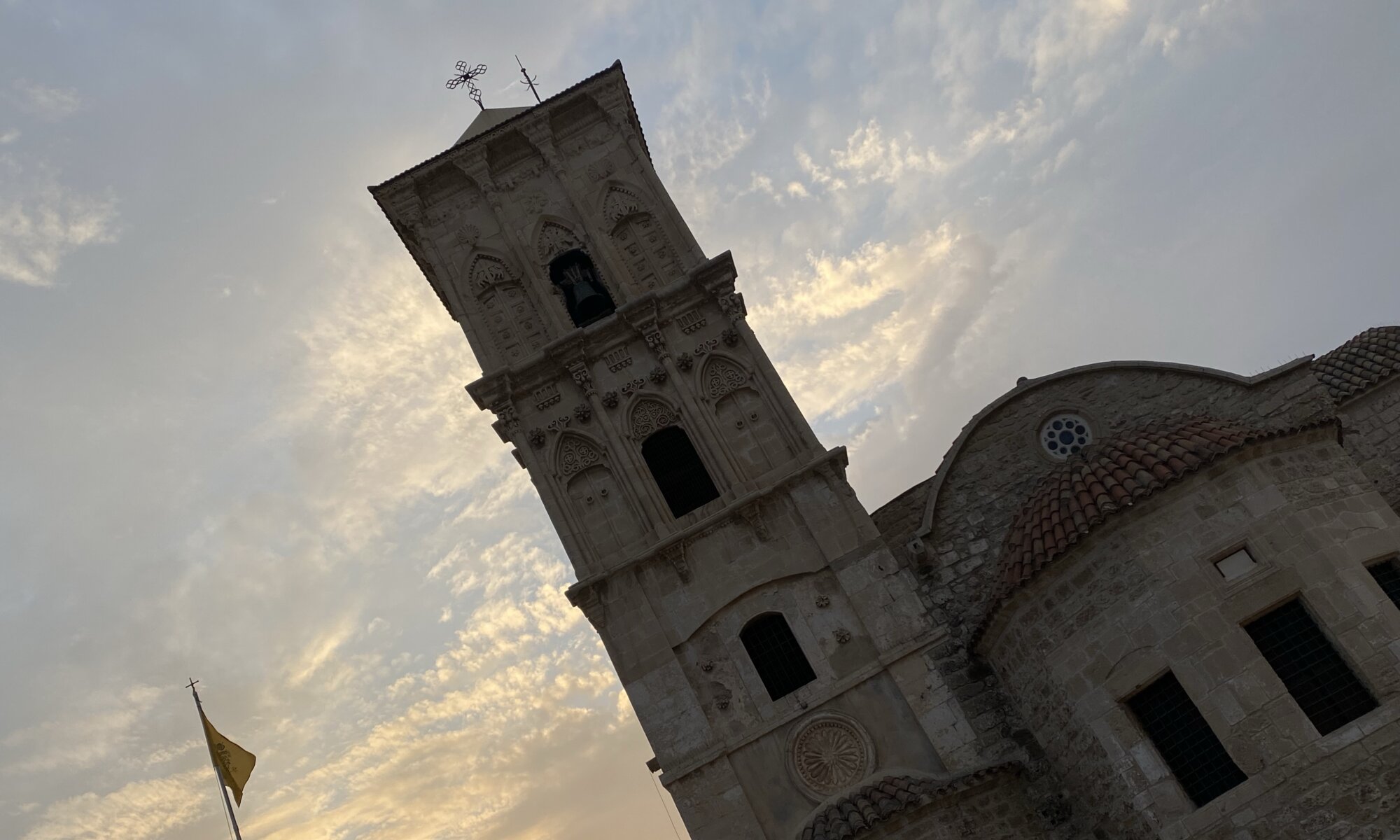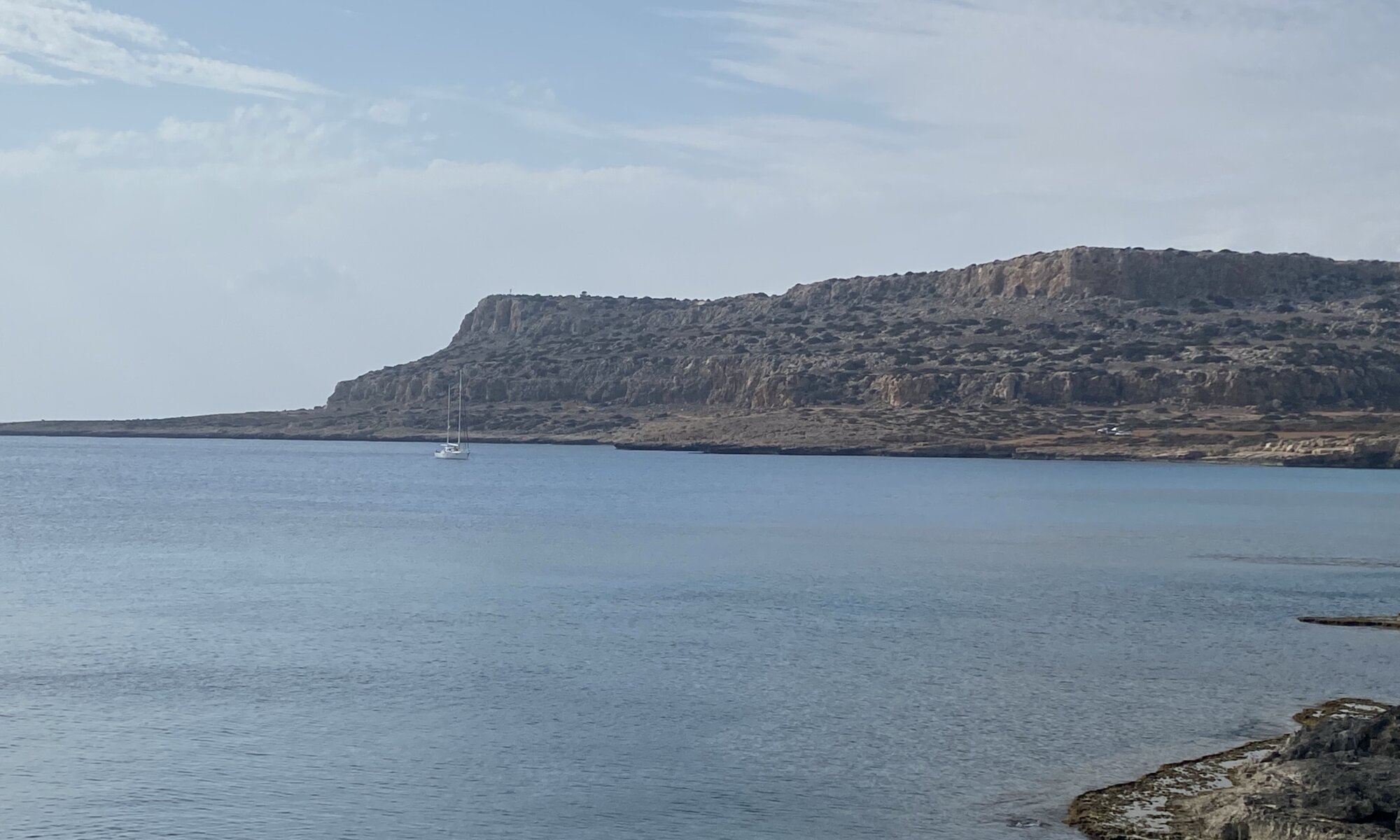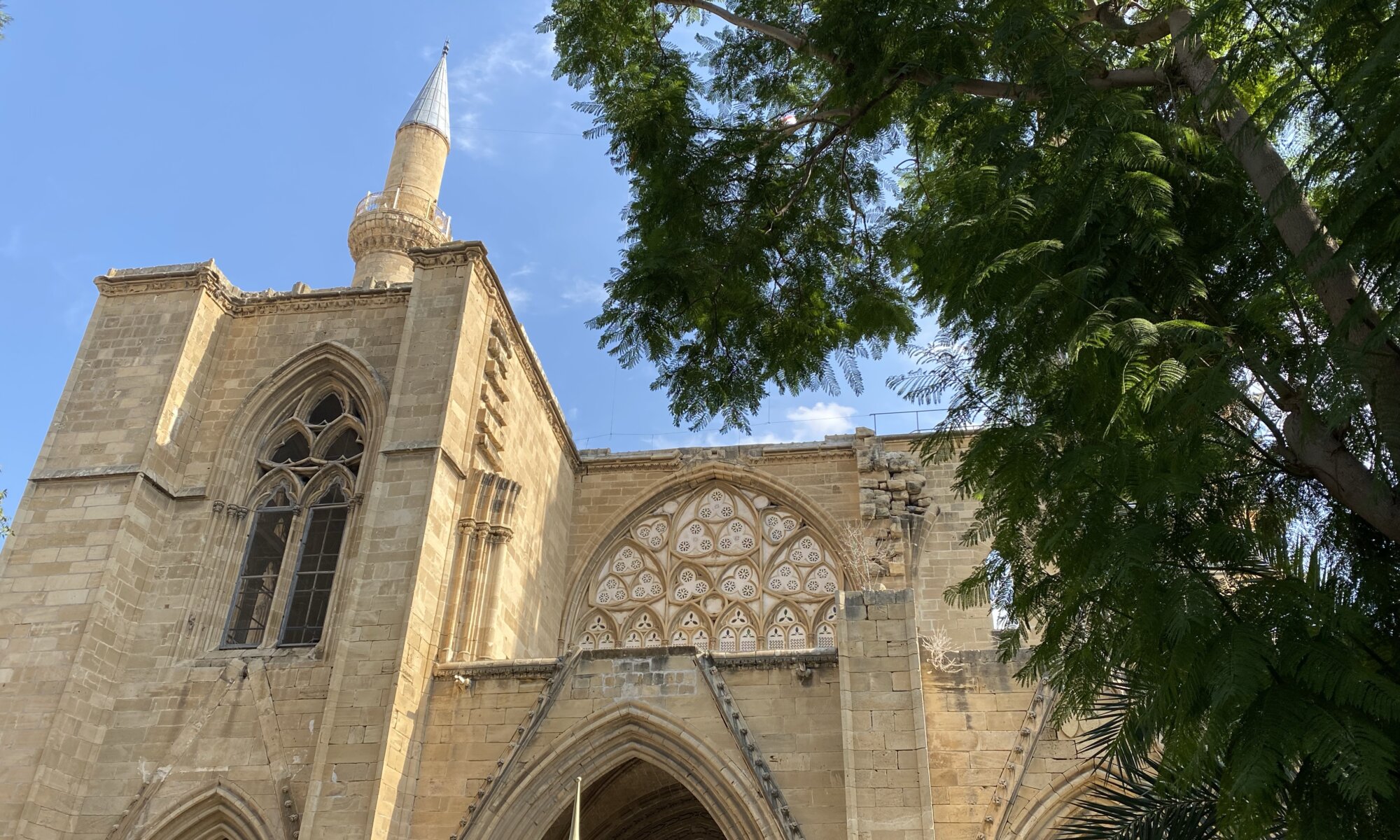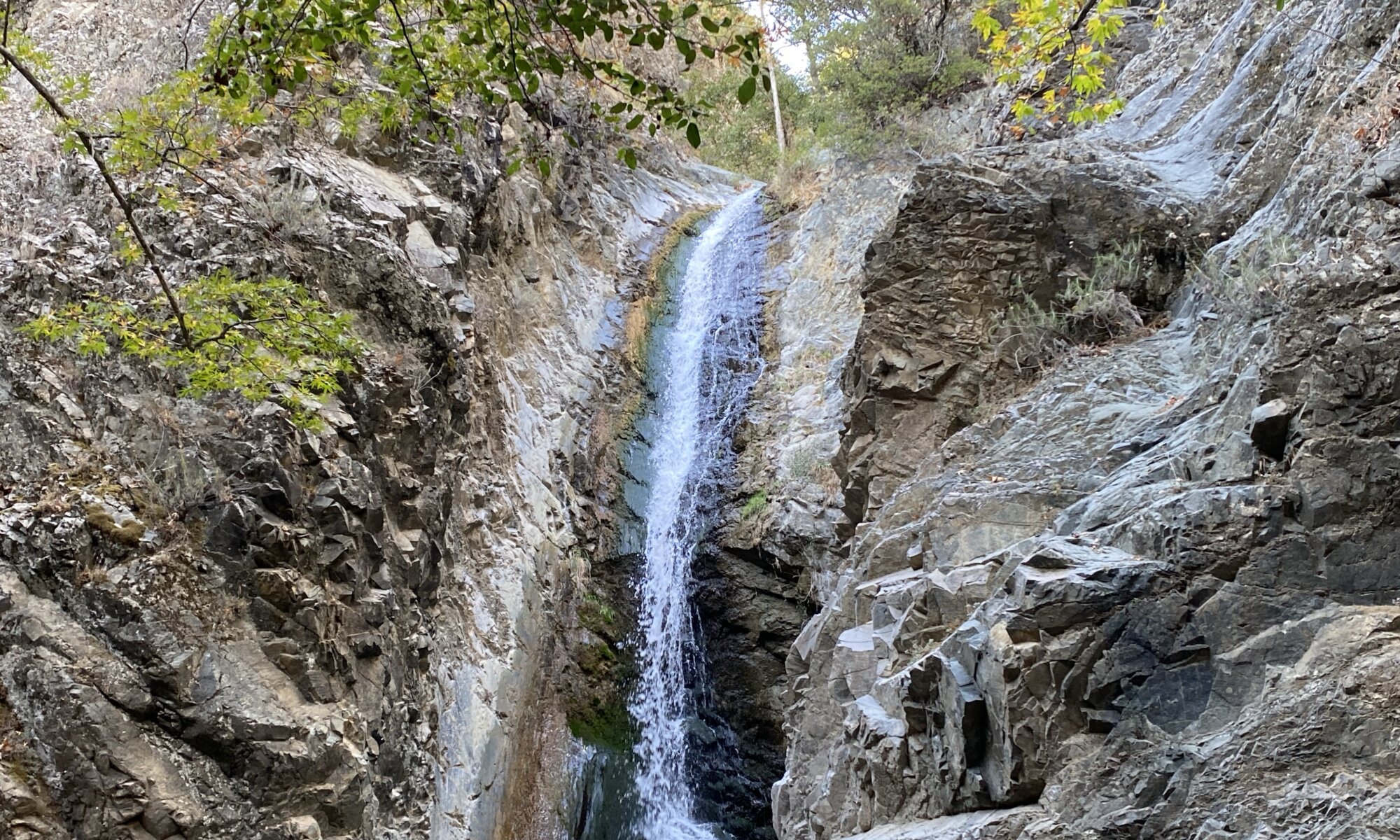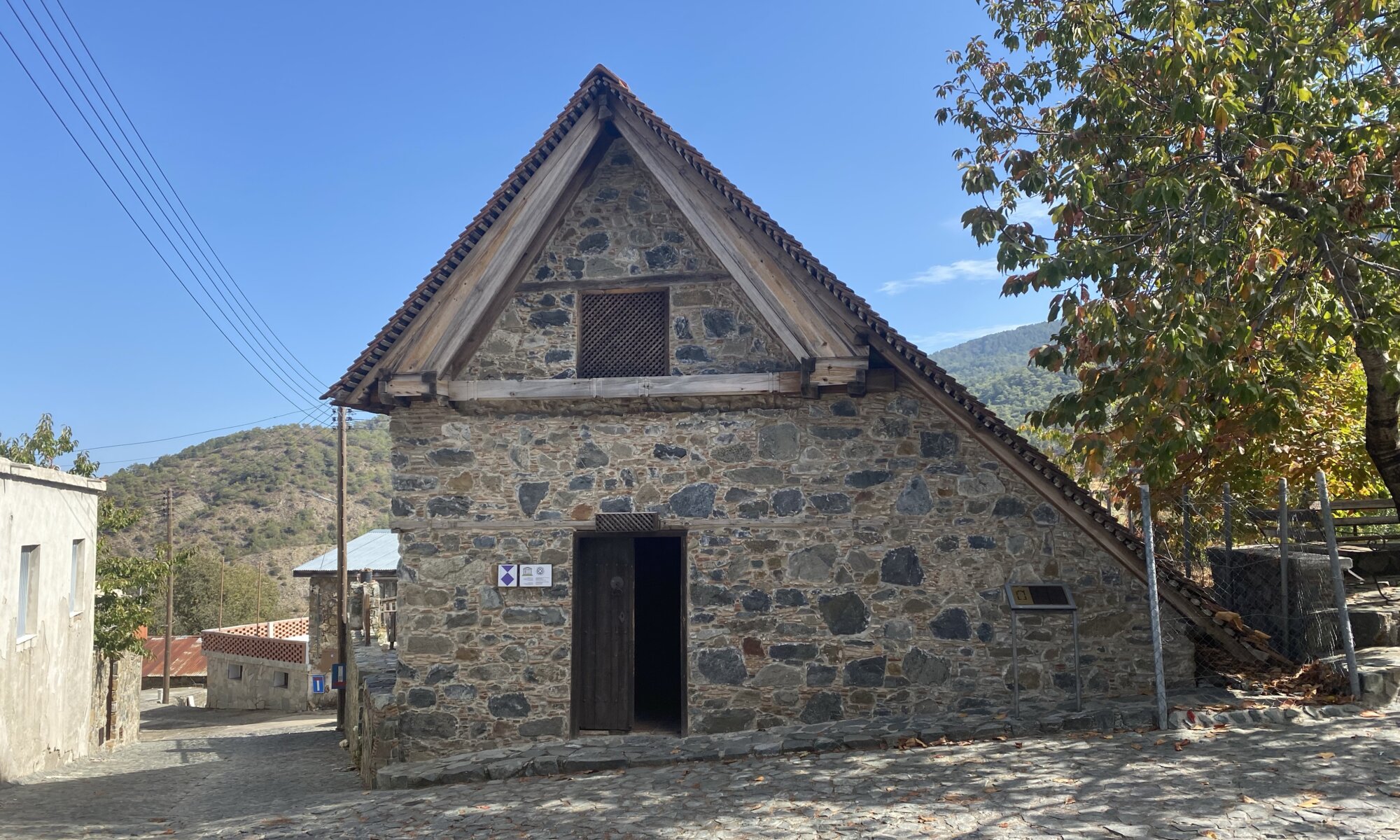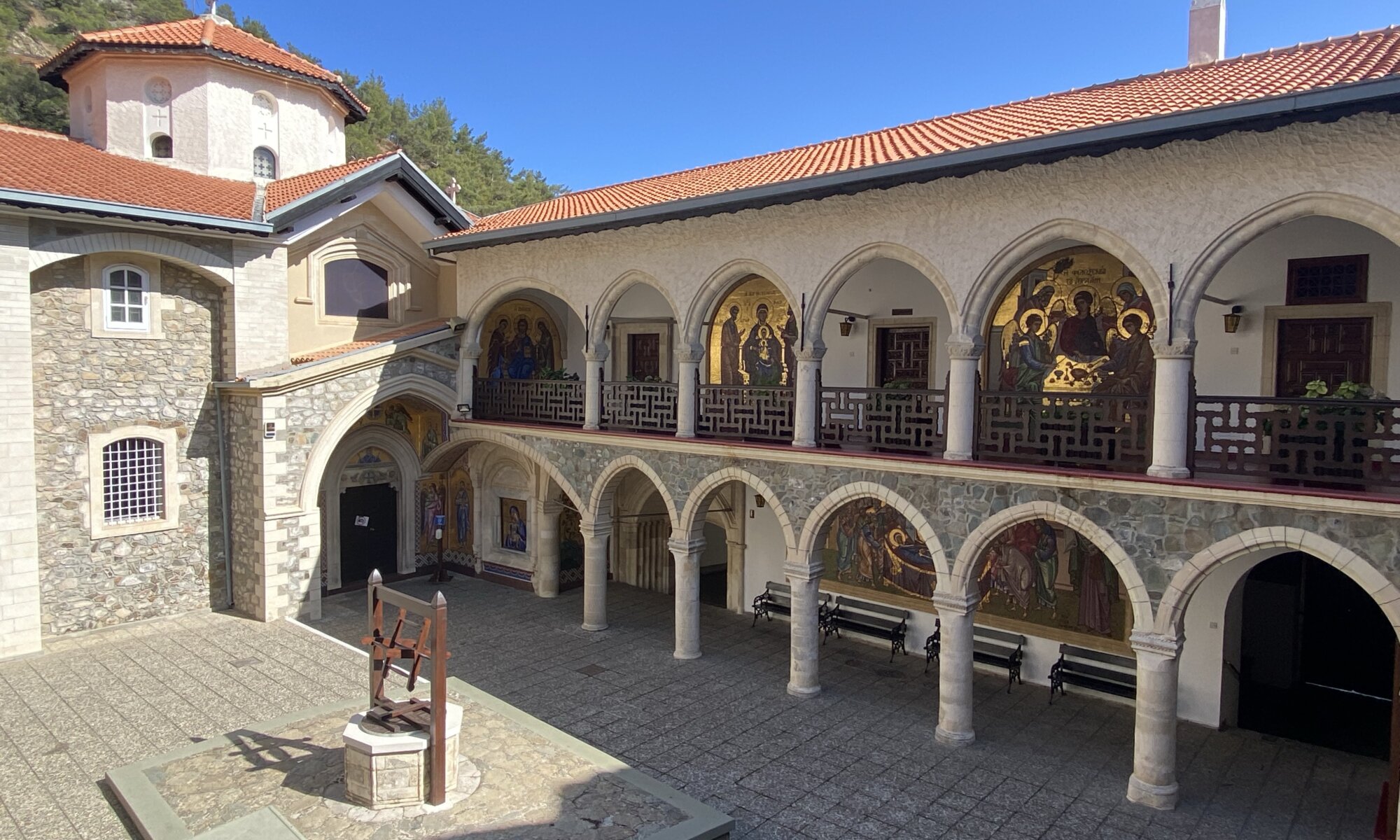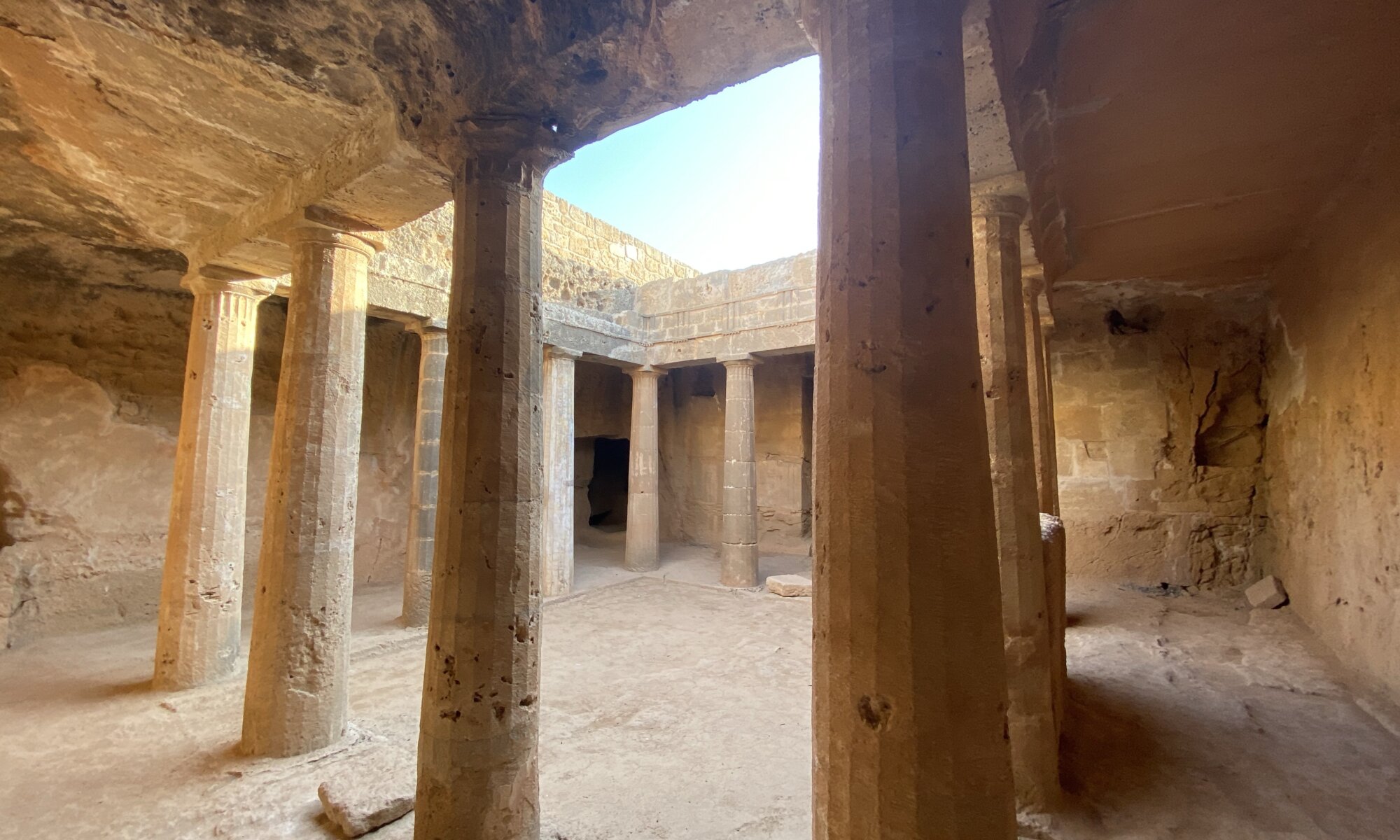The castle of Λάρνακα is just a small castle directly at the sea, but it is a nice photo spot, especially in the evenings. First fortifications in this area go back to the 12th century CE, but the city and the castle gained importance in medieval times and where enhanced and fortified when the Republic of Genoa conquered the north of the island, and the harbor of Famagusta was lost.
Continue reading “Castle at the sea”St. Lazarus
The story of Lazarus of Bethany is well-known: according to the bible he was a close friend of Jesus. After he had died Jesus came to his grave and called him back to life. What happened afterwards is not documented in the bible, but there are different legends: one says that Lazarus lauter became the bishop of Λάρνακα.
Continue reading “St. Lazarus”Cape Greco
When you’re at Αγία Νάπα in the east of Cyprus it is a promising idea to enjoy the sunset at the end of the island, the Cape Greco. The final land’s end is unfortunately covered by a British radar station, but you can explore rocky areas, beaches and grottos located west of it.
Continue reading “Cape Greco”Caravanserai
One of the most beautiful places in the Turkish sector of Λευκωσία is the Büyuk han, the great inn. When the Ottomans took over power from the Venetians they created a caravanserai in the city. It is a rectangular building giving a home to travelers and merchants. Today you’ll find different restaurants inside and can enjoy lunch in this ancient environment.
Continue reading “Caravanserai”Selimiye Camii
When you look at ancient maps and images of Λευκωσία, you can see a large church in the center of the city boundaries marked by the Venetian walls protecting the city: the Cathedral of Saint Sophia. It was built from the year 1209 on and the Knights Templar supported the creation during the crusades. The kings of Cyprus were crowned there during the existence of their kingdom (1192 to 1489 CE).
Continue reading “Selimiye Camii”Asinou
There are many fantastic UNESCO world heritage sites around the world but the Panagia tis Asinou might be my most favorite one – because it is so surprising and so high in contrast to its surroundings. When you arrive at this place belonging to Νικητάρι you’re at the end of the world with nothing else than forests, green fields, and mountains. And then there is a barn made of stone surrounded by a low stone wall.
Continue reading “Asinou”Waterfalls
The Troodos mountains close to mount Olympos are a wonderful green area that in winter is used for skying. The village Troodos itself is a special one: nobody is officially living there, but it is always crowded. In summer, many trails invite you to a long hike and the different waterfalls in this area are often the final destination.
Continue reading “Waterfalls”Hidden gem
Within the Troodos mountains of Cyprus, you can find a special UNESCO World Heritage Site. In fact, it is a combination of different small sites, of painted small churches distributed throughout the mountains. One of them is the Archangelos Michail at Πεδουλάς, a small church that could easily be overlooked as it looks like a barn. And that is probably the reason why the paintings survived over time: it is a well-hidden church.
Continue reading “Hidden gem”Kykkos
The Kykkos monastery is a special place located very secluded in the mountains, far away from civilization. It has a richly decorated church and many golden mosaics. That’s because the monastery has been seen as the most powerful in Cyprus as it owns an ancient image of Mary, the mother of Jesus. It’s said to be painted by evangelist Lucas during the lifetime of Mary and it was gifted by Byzantine emperor Nikephoros III Botaneiates for the foundation of the monastery in the year 1080 CE.
Continue reading “Kykkos”Necropolis
The ‘tombs of the kings‘ is a vast city of the dead at Πάφος. The name is misleading because it weren’t kings who found their final rest here – but the graves are really impressing. The necropolis was used from the 4th century BC until the 3rd century CE and is today a protected UNESCO world heritage site. In the past the protection wasn’t as good and tomb raiders have taken a lot of the rich grave goods have been stolen.
Continue reading “Necropolis”